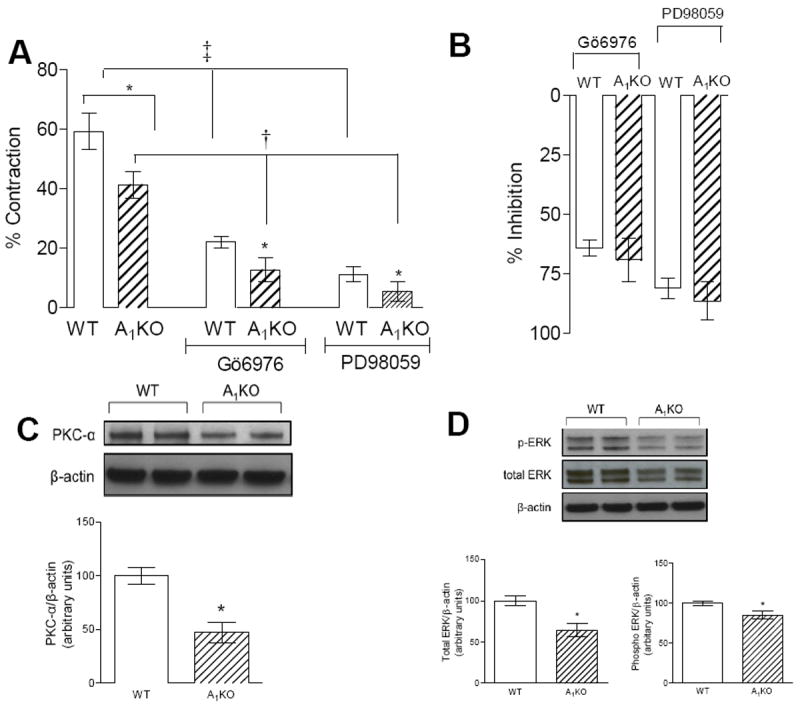Fig. 3. 20-HETE-induced smooth muscle contraction and its signaling through PKC-α and ERK.

(A) Aortic smooth muscle contractions in response to 100 nM 20-HETE in WT and A1KO mice with or without PKC-α (100 nM Gö6976) and ERK1/2 kinase (1 μM PD98059) inhibitors, *p < 0.05 between A1KO(control/treated) and its respective control; †p < 0.05, WT, A1KO vs. WT + Gö6976 & A1KO+ Gö6976 respectively; ‡p < 0.05, WT, A1KO vs. WT + PD98059 & A1KO+ PD98059, respectively, n=8-16. The dagger (†) and double dagger (‡)indicate significant effects of Gö6976 and PD98059 in A1KO and WT mice, respectively. (B) The inhibitory effect of Gö6976 and PD98059 on 20-HETE-induced contractions are equivalent in WT and A1KO mice. *p < 0.05 between WT and A1KO (n=6-8) (C) Western blots for PKC-α expression in the aorta from WT and A1KO. (D) Western blots for total ERK1/2, phospho-ERK1/2 expression in the aorta from WT and A1KO mice.*p < 0.05 between WT and A1KO (n=6-8)
